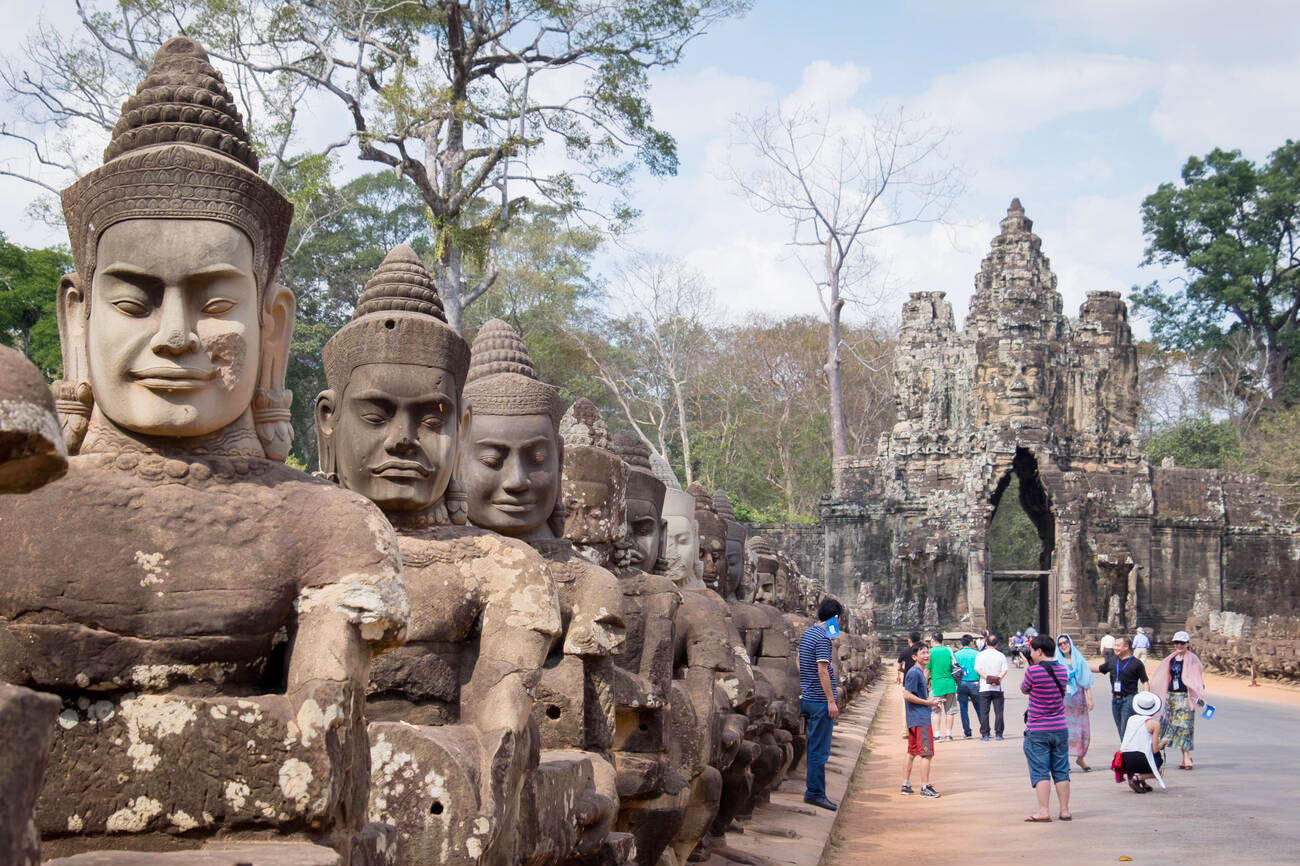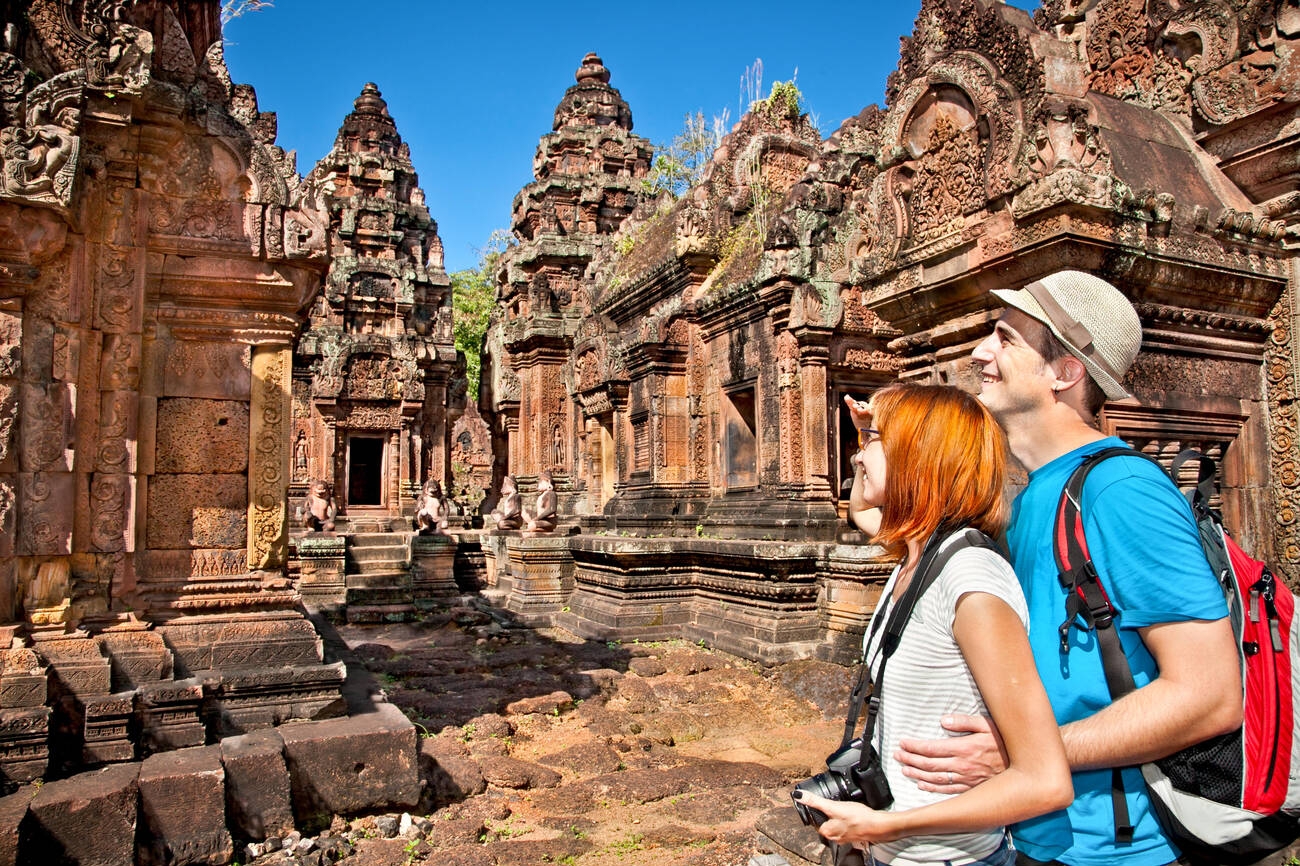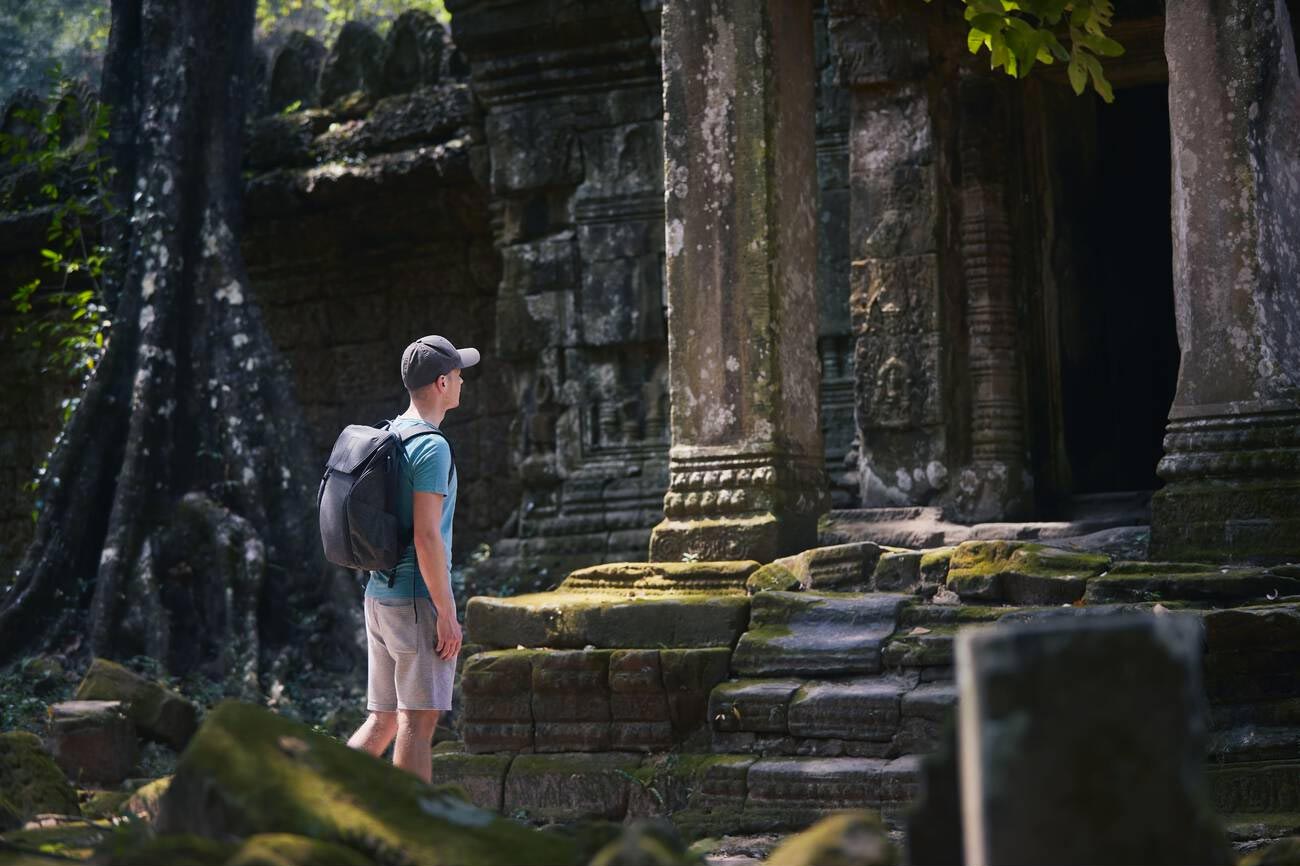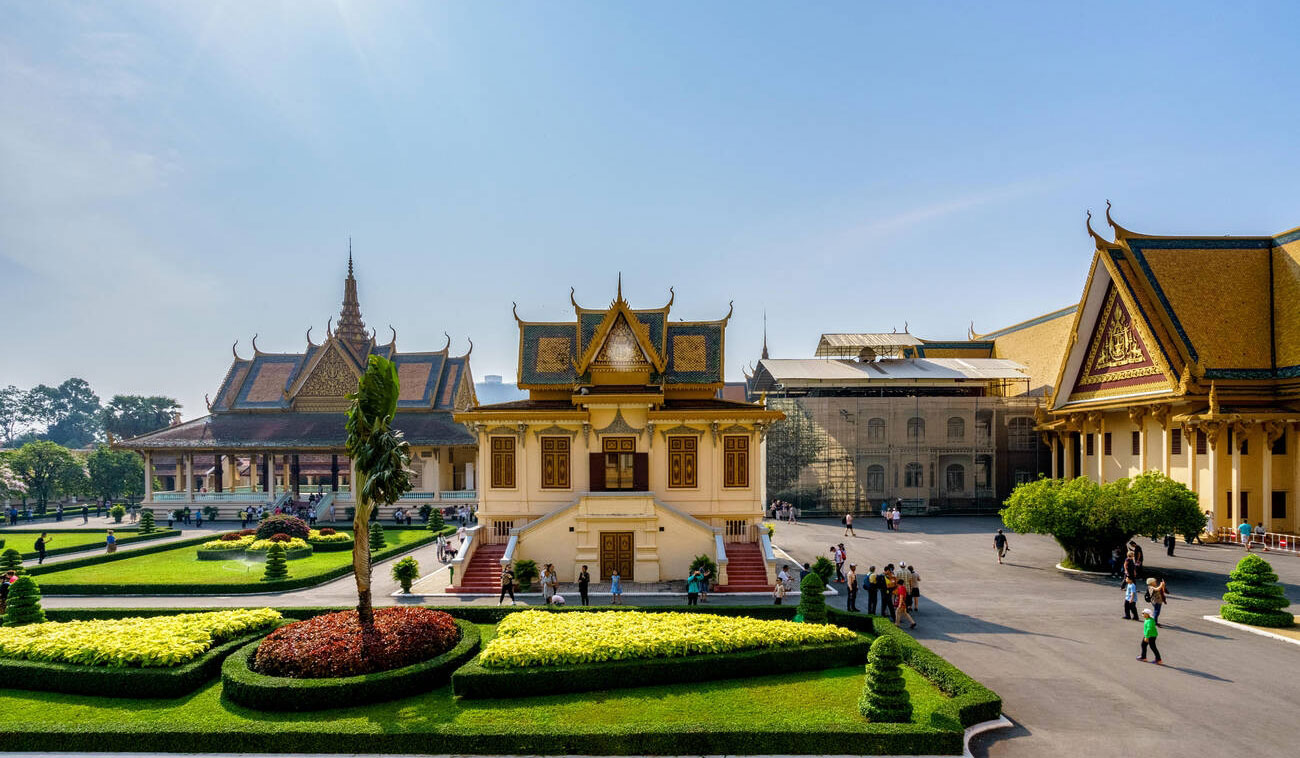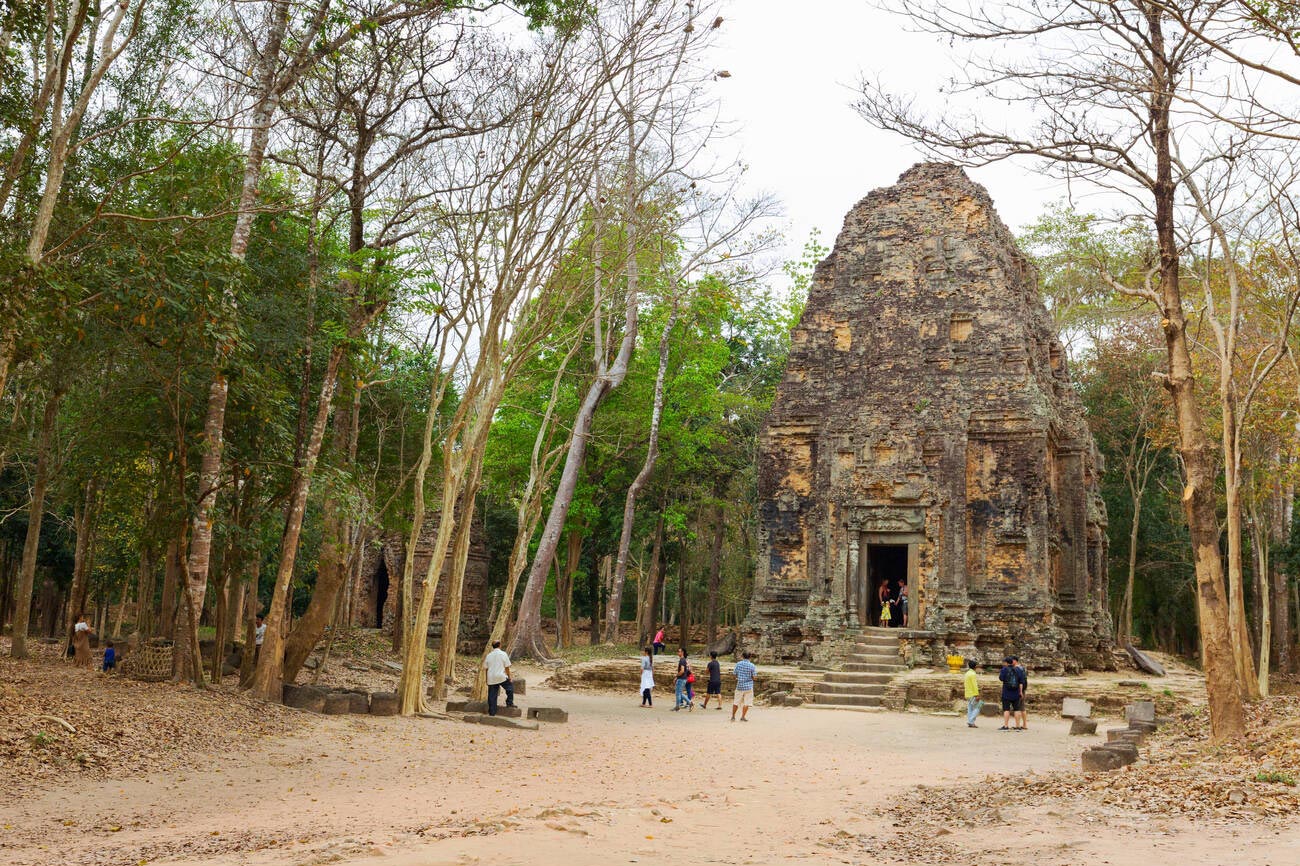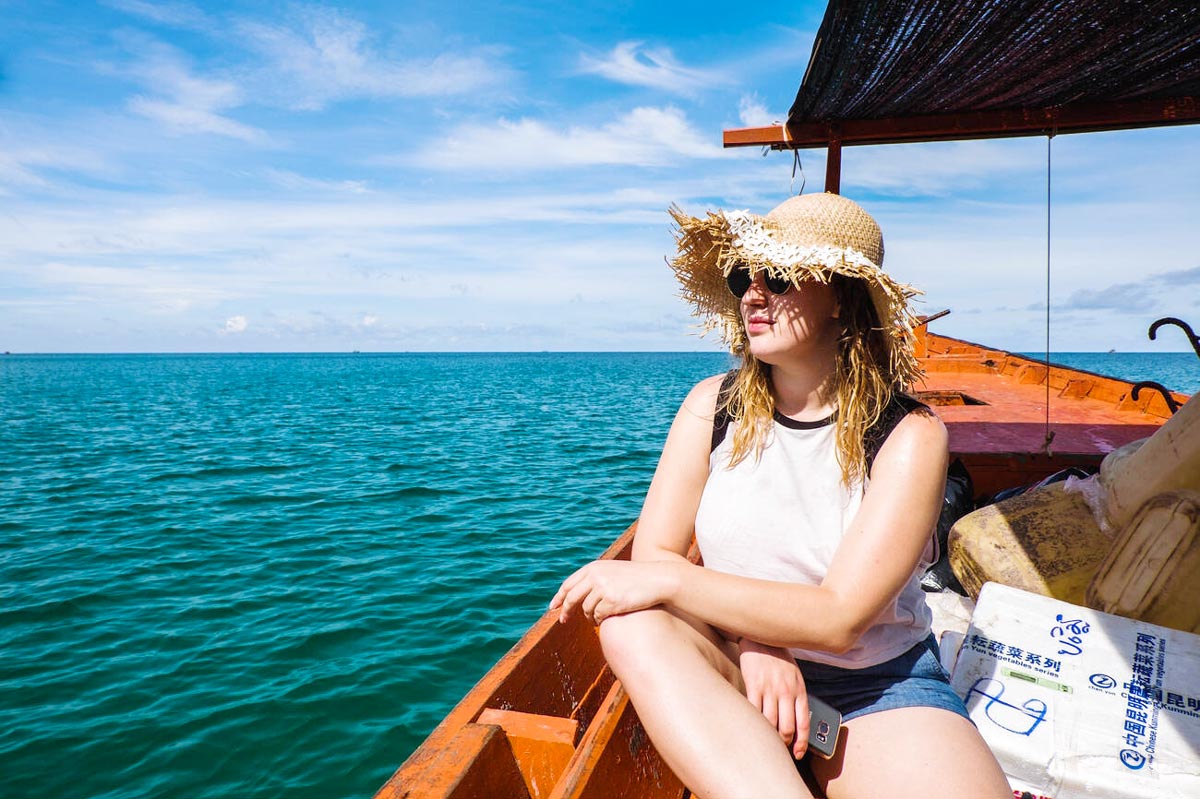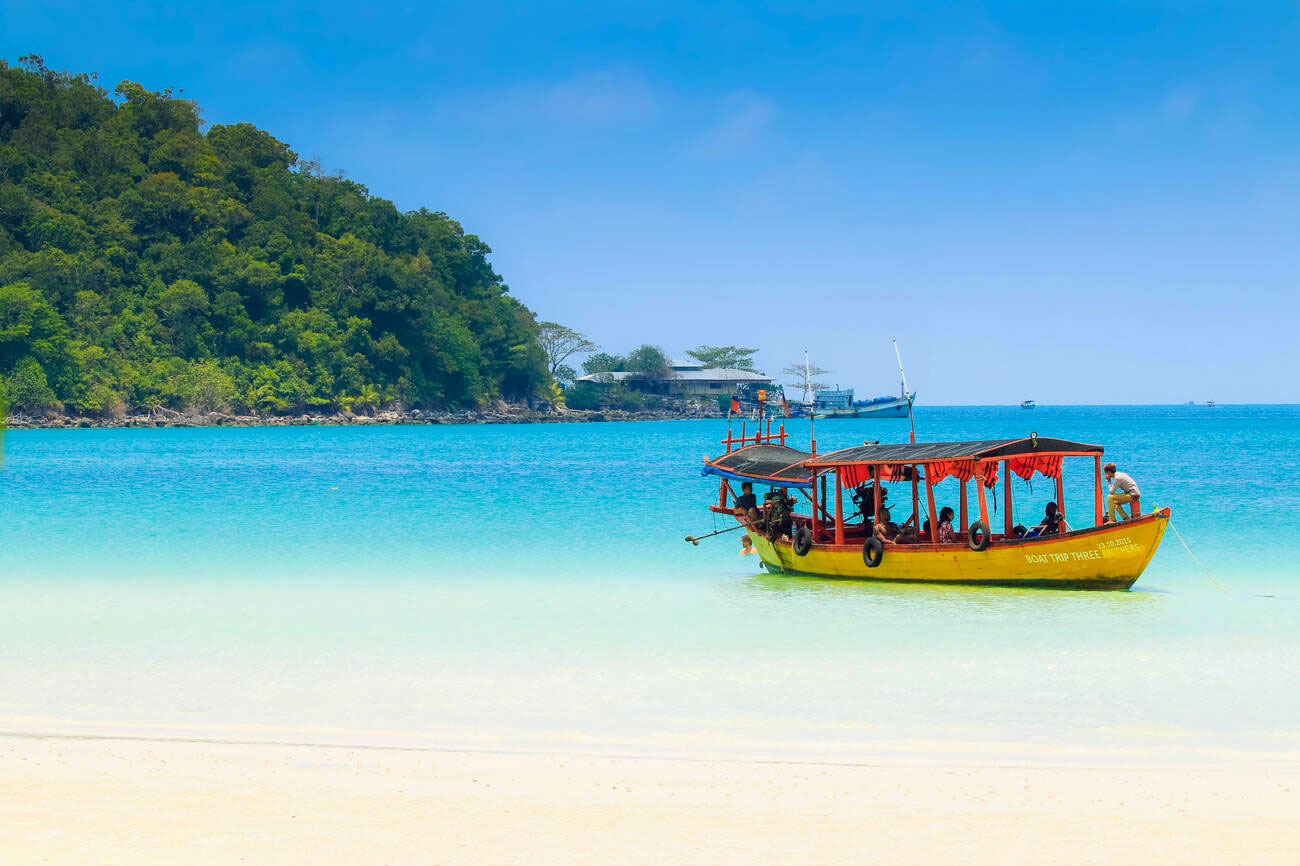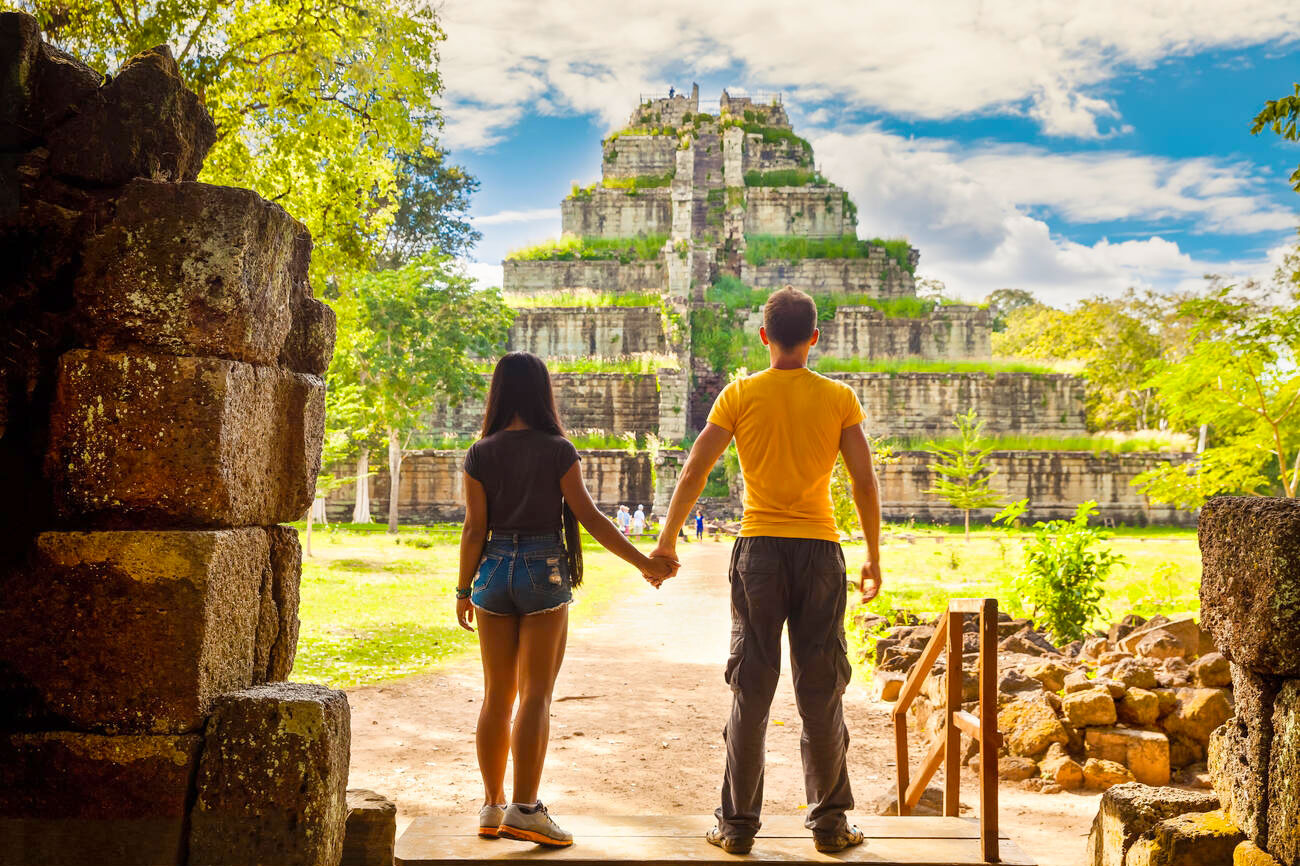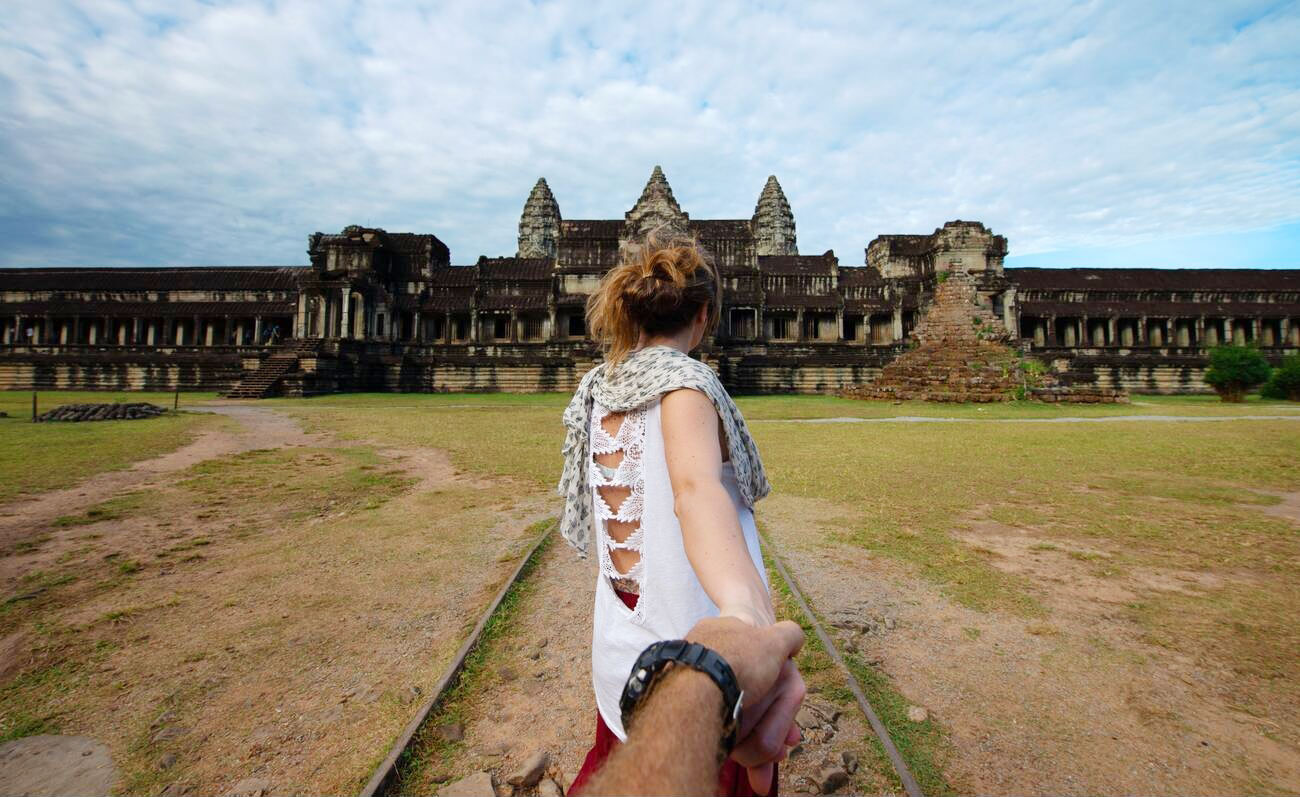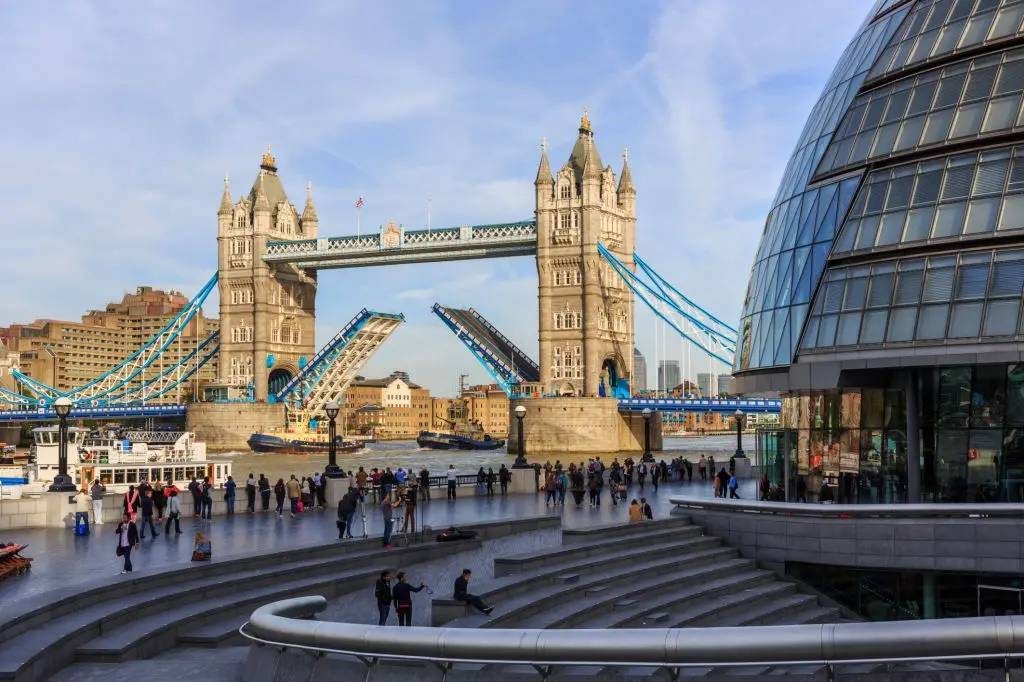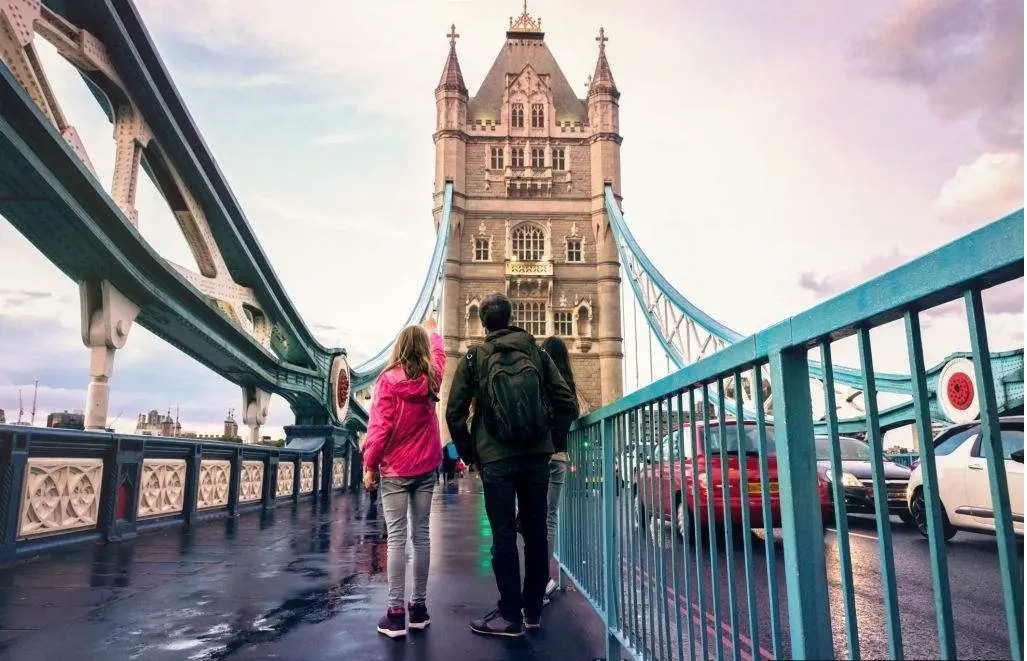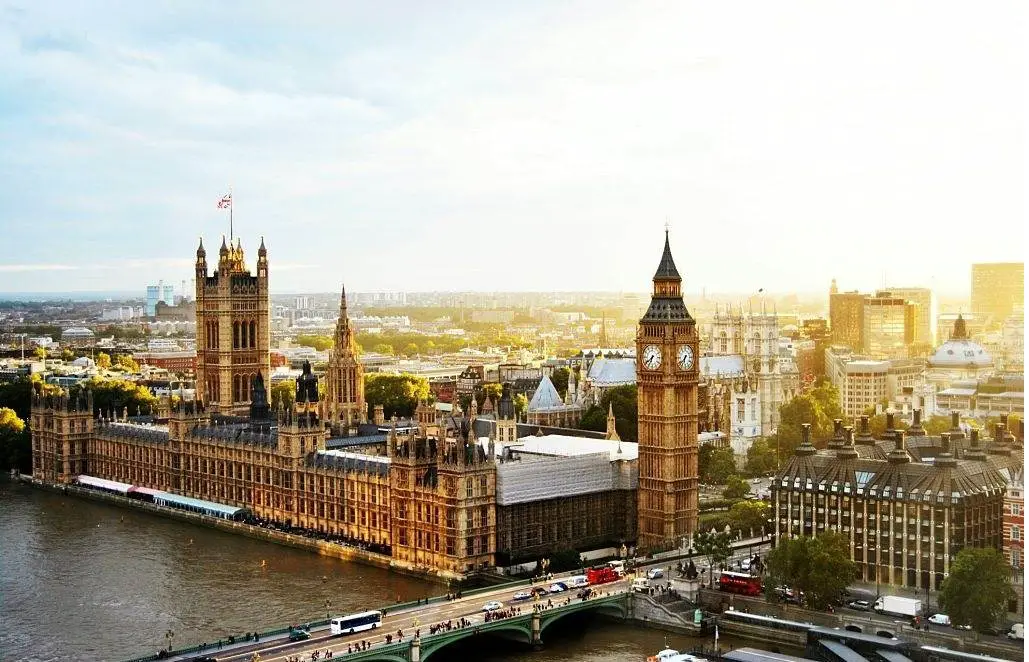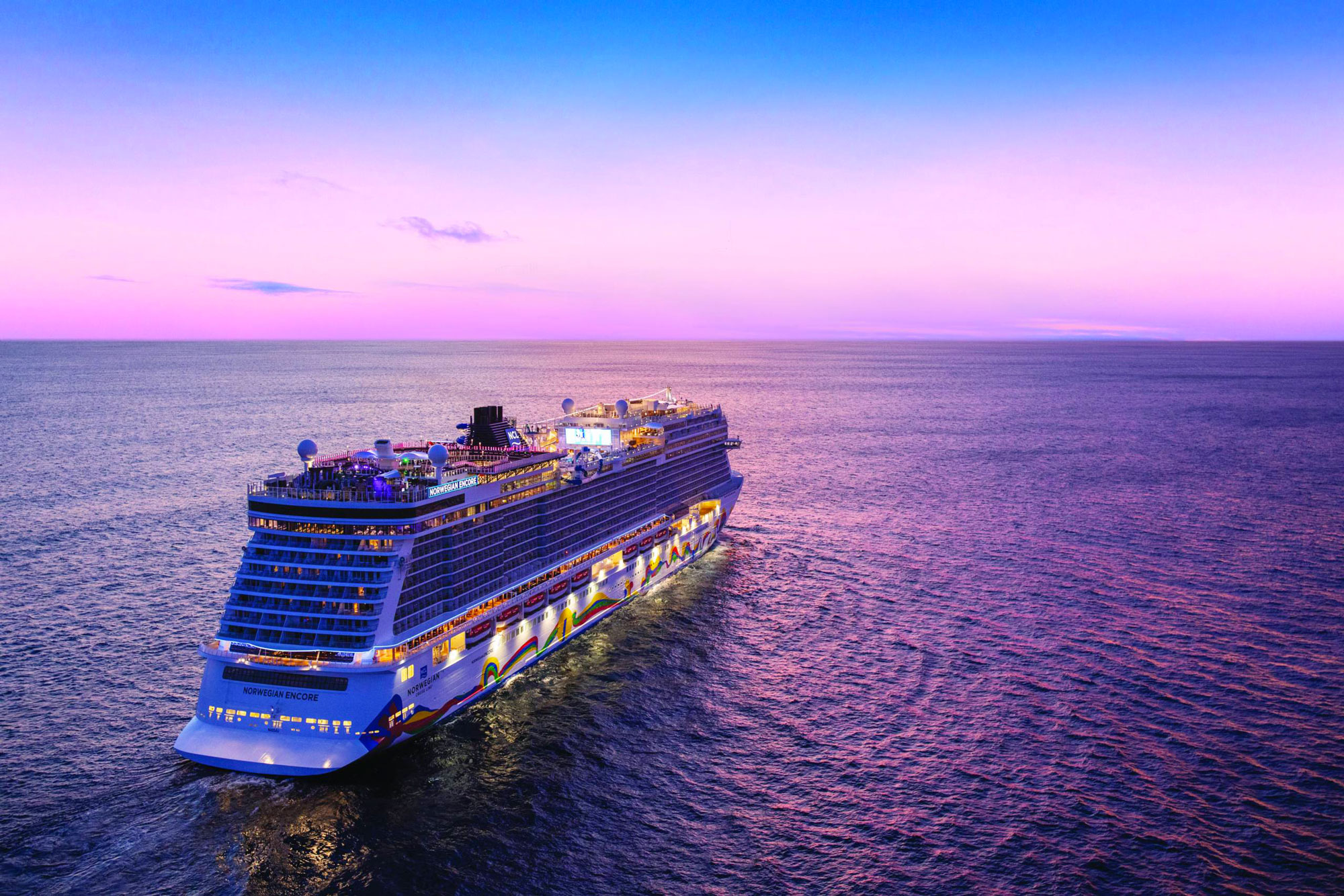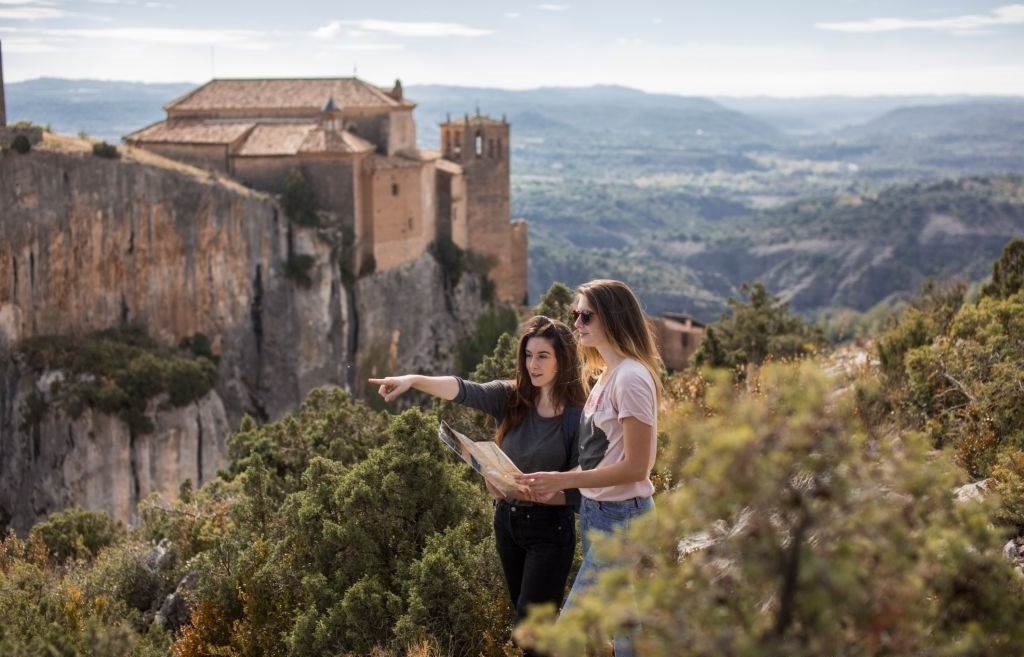Cambodia is a Southeast Asian treasure that beckons travelers with a tapestry of ancient temples, vibrant cultures, and endearing hospitality. Situated between Thailand, Vietnam, and Laos, this alluring destination is famed for its UNESCO World Heritage sites, scenic countryside, and warmhearted locals eager to share their stories.
While much of the world knows Cambodia for its iconic Angkor Wat, there is much more to experience, from bustling night markets and lush jungles to tranquil riverside villages and gastronomic delights. In this comprehensive guide, we will delve into the enchanting world of Cambodia, offering insights into its timeless allure, must-visit destinations, rich cultural tapestry, and essential travel tips to make your journey memorable.
Why Cambodia Captivates Travelers Worldwide
A Nation Shaped by History
From its early days as the seat of the Khmer Empire to its modern aspirations, Cambodia has always been a land of resilience and cultural fusion. Ruins of once-glorious temples and palaces continue to stand as silent testimonies to its regal past, while the tragedies of the 20th century have significantly shaped the country’s contemporary identity. Today, walking through Cambodia’s cities and villages is like traversing a living history book: every brick in every monument is imbued with centuries of triumphs and defeats, joys and sorrows.
At the core of Cambodia’s heritage lies the profound influence of Indian culture, evident in aspects of the nation’s religion, art, dance, and architecture. Over time, Cambodia embraced elements of Buddhism, Hinduism, and animism, weaving these beliefs into a singular cultural identity. The country’s resilience through tumultuous events, including colonialism and conflict, is evident in how locals hold onto traditions while welcoming modernization.
The Timeless Magnificence of Angkor
No mention of Cambodia would be complete without highlighting Angkor, the largest religious monument in the world. Encompassing the renowned Angkor Wat temple complex and the ancient city of Angkor Thom, this sprawling archaeological park offers travelers an unforgettable journey into the heart of the Khmer Empire. Although Angkor Wat may be the star attraction, additional sites such as Ta Prohm, Bayon Temple, and Banteay Srei each offer a unique window into Cambodia’s architectural genius.
Wandering through intricately carved passageways and gazing up at towering spires, visitors are transported to an era when the Khmer Empire was at its zenith. The interplay of roots and moss enveloping centuries-old stone at Ta Prohm is eerily beautiful and a testament to nature’s unyielding resilience. Meanwhile, the serene faces adorning the Bayon Temple’s many towers evoke a sense of deep spirituality, reminding travelers of the religious fervor that shaped these remarkable structures.
Warm Hospitality and Local Culture
Cambodia’s reputation for genuine hospitality often takes travelers by surprise. Many locals, especially in rural regions, delight in striking up conversations and sharing personal stories, showing a level of warmth that leaves a lasting impression. This welcoming spirit extends to day-to-day life: vendors in bustling markets will greet you with a smile, eager to offer a taste of their fruit or the aroma of their spices.
Cultural events and festivals like the Water Festival (Bon Om Touk) and Pchum Ben (Ancestors’ Day) open doors to experiencing Cambodia’s communal traditions firsthand. During these events, villages come alive with processions, boat races, and shared feasts, illuminating the sense of togetherness rooted in the Khmer way of life. Even in modern urban centers like Phnom Penh, adherence to tradition remains evident, bridging the gap between past and present.
Key Destinations Worth Exploring
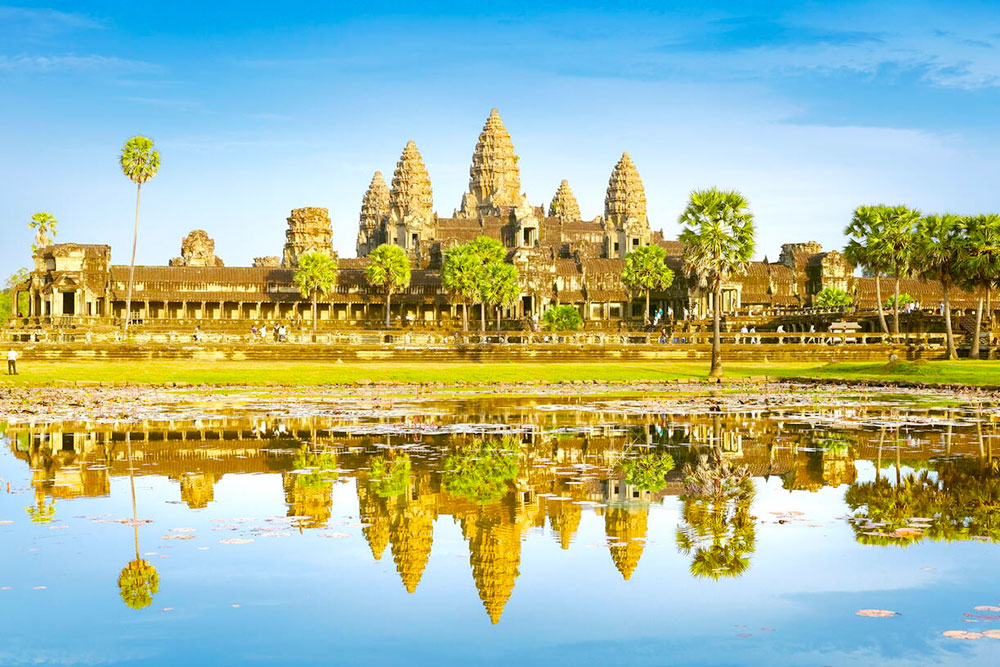
1. Siem Reap: Gateway to Angkor
Siem Reap’s proximity to the Angkor Archaeological Park has made it a top destination for visitors from around the globe. Yet beyond simply serving as a gateway to Angkor Wat, Siem Reap is a lively city boasting unique dining experiences, vibrant night markets, and a thriving arts scene. Pub Street is at the heart of the city’s nightlife, where neon lights and music beckon partygoers until the early hours. However, for travelers seeking a more tranquil experience, a stroll around the city’s Old Market area can be equally rewarding. You will find handcrafted souvenirs, local spices, and silk fabrics that hint at Cambodia’s artisanal heritage.
To immerse yourself in local culture, consider attending a traditional Apsara dance performance. Depicting tales from ancient Hindu and Buddhist epics, Apsara dancers communicate graceful movements, each gesture brimming with spiritual significance. If you are adventurous in your culinary pursuits, do not miss the chance to sample some of Siem Reap’s street food: fried insects, grilled meat skewers, and creamy curries infused with coconut milk are just a few highlights of local gastronomy.
2. Phnom Penh: Capital of Contrasts
Home to just over two million people, Phnom Penh is a bustling metropolis where colonial architecture mingles with modern high-rises. The cityscape reflects Cambodia’s journey through time, from French colonial influences visible in the grand boulevards to the newly built skyscrapers symbolizing the country’s post-war development. A visit to the Royal Palace and the Silver Pagoda provides a glimpse into the monarchy’s enduring influence, while the National Museum houses a treasure trove of Khmer artifacts.
However, Phnom Penh also bears the scars of Cambodia’s recent history. The Tuol Sleng Genocide Museum (S-21) and the Killing Fields at Choeung Ek stand as sobering memorials, reminding visitors of the atrocities committed under the Khmer Rouge regime. Despite its turbulent past, Phnom Penh has emerged as a city of resilience. Hip cafes, stylish boutiques, and forward-thinking art galleries crop up alongside traditional tuk-tuk stands, offering a glimpse of Cambodia’s dynamic evolution.
3. Sihanoukville and the Southern Coast
For beach lovers, Cambodia’s southern coast offers a variety of tranquil and scenic getaways. Sihanoukville, a popular seaside hub, is known for its lively beach parties, water sports, and growing casino scene. Beyond the main beaches, smaller coves like Otres Beach are often quieter, making them ideal spots to soak in the sunsets or unwind with a refreshing coconut.
Koh Rong, Koh Rong Samloem, and other nearby islands present idyllic escapes from the hustle of Sihanoukville. Clear turquoise waters and powdery sand beaches create an inviting setting for snorkeling, kayaking, and simply lazing in a hammock under swaying palm trees. Eco-friendly bungalows can be found along the shore, where you can wake up to the gentle sound of waves lapping the sand.
4. Battambang: Rural Charm and Art
Often overshadowed by Siem Reap and Phnom Penh, Battambang in northwestern Cambodia is a hidden gem waiting to be discovered. Renowned for its well-preserved colonial architecture and laid-back vibe, Battambang is perfect for travelers who wish to step off the conventional tourist track. Along the Stung Sangker River, you will find picturesque fishing villages, lush rice paddies, and friendly locals greeting you as you pass by on a tuk-tuk or bicycle.
A significant aspect of Battambang’s appeal lies in its thriving arts community. Numerous galleries and creative spaces promote local talents, from painters to performers. The Phare Ponleu Selpak circus and arts school, established to help disadvantaged youth, hosts enthralling performances blending dance, acrobatics, music, and storytelling. It is an excellent example of how art can empower a community and preserve traditional culture.
Cultural Heritage and Traditions
Khmer cuisine, often overshadowed by the more globally recognized Thai or Vietnamese food, is characterized by gentle spices, fragrant herbs, and a careful harmony of tastes. Staples like fish amok, a creamy fish curry wrapped in banana leaves, and lok lak, a stir-fried beef dish served with a tangy lime-pepper dipping sauce, are must-try delicacies.
Cambodians are resourceful and inventive when it comes to cooking, drawing on a bounty of local produce such as lemongrass, galangal, kaffir lime, and coconut milk. Street food stalls, particularly in busy markets, serve various snacks ranging from grilled skewers to sweet treats like num pang (a type of sandwich similar to the Vietnamese banh mi) and aromatic desserts made with sticky rice and tropical fruit. More daring culinary adventurers may try fried tarantulas or crispy crickets—an unconventional choice that reflects centuries-old survival strategies during times of scarcity.
Traditional Arts and Crafts
Handicrafts hold great cultural significance in Cambodia, reflecting the resourcefulness and creativity of local artisans. Woven silk scarves known as krama are emblematic of Khmer identity, used in everyday life for protection against the sun, as a makeshift bag, or a towel. Skilled weavers often incorporate intricate patterns symbolic of fertility, unity, or religious devotion.
Stone and wood carving also remain essential art forms, as demonstrated by the ornamentation on temple walls and daily household items. In villages around Siem Reap and Kampong Thom, artisans meticulously carve mythical figures, floral motifs, and religious icons, keeping centuries-old craftsmanship alive. Purchasing souvenirs from these local workshops supports traditional artistry and fosters community economic growth.
Religious Ceremonies and Festivals
Buddhism plays a crucial role in Cambodian society, with pagodas serving as community focal points where people gather for ceremonies, celebrations, and charitable acts. Monks clad in saffron robes are common, walking along streets collecting alms or presiding over religious functions. Many households also house small spirit shrines and maintain daily rituals for blessings and protection.
Festivals offer a window into Cambodia’s vibrant communal life. The Khmer New Year in mid-April is one of the year’s most significant celebrations, marked by temple visits, water splashing, and traditional games. Meanwhile, the November Water Festival (Bon Om Touk) highlights the connection between Cambodians and the Mekong River, featuring boat races, firework displays, and gatherings on the riverbanks that continue late into the night.
Practical Travel Tips for a Memorable Journey
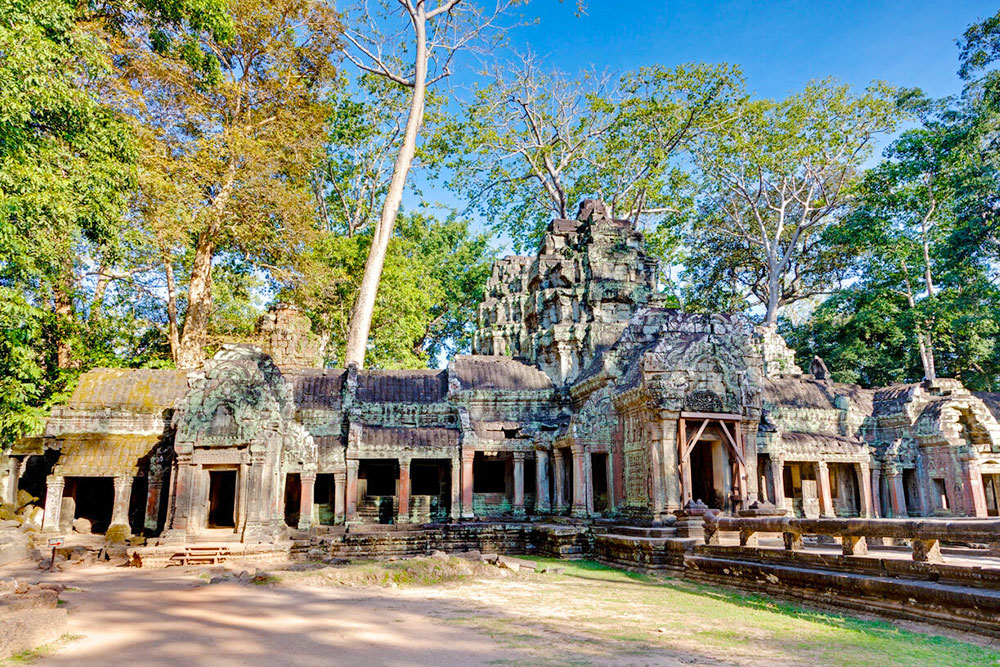
Entry Requirements and Visas
Cambodia offers visas on arrival for many nationalities, as well as e-visas obtainable online. Check the latest requirements and fees before traveling. Ensure your passport is valid for at least six months beyond your intended stay. If you plan to explore neighboring countries, consider obtaining multiple-entry visas to avoid complications.
Transportation Options
Within major cities like Phnom Penh and Siem Reap, tuk-tuks and motorcycles are common and reasonably priced modes of transport. Negotiate fares in advance to avoid misunderstandings. Buses and shared taxis connect different parts of the country, and although roads have improved, journeys can still be lengthy due to variable traffic conditions and local driving habits.
Many travelers rent bicycles or motorbikes for shorter distances or day trips. This is particularly popular in quieter provinces such as Battambang, Kampot, and around the Angkor Archaeological Park. Navigating rural roads provides a deeper understanding of daily Cambodian life, with scenic routes passing small farms and stilted houses.
Health and Safety Precautions
Ensure you have travel insurance that covers medical emergencies, as healthcare facilities outside major cities can be limited. Stay hydrated by drinking only bottled or purified water, and wash your hands frequently. Mosquito-borne illnesses exist in certain areas, so packing insect repellent and wearing protective clothing are prudent measures.
While violent crime is uncommon, petty theft can occur in crowded areas, so remain aware of your belongings. During visits to religious or historical sites, dress modestly and respect posted rules. As a general principle, approach interactions with politeness and an open mind, understanding that certain customs or courtesies may differ from those in your home country.
Best Times to Visit
Cambodia’s climate is governed by two main seasons: dry (November to April) and wet (May to October). The dry season features lower humidity, making it a popular time to visit, especially from December to February, when temperatures are slightly cooler. This period sees the highest influx of tourists, particularly around Angkor Wat. If you prefer fewer crowds, consider traveling in the shoulder months of November or May. Monsoon rains from June to October can turn the countryside into a lush green expanse, offering another kind of beauty, though some roads may become difficult to navigate.
Sustainable and Responsible Travel
In recent years, a growing emphasis on responsible tourism has encouraged travelers to be conscious of their journeys' environmental and cultural impact. Support eco-friendly accommodations, which often implement waste-reduction programs and employ local staff. While wildlife experiences are available, be mindful of ethical considerations; avoid tours that exploit animals or support illegal wildlife trade.
Participating in community-based tourism initiatives allows you to engage with locals through homestays, traditional cooking classes, or volunteer projects. These programs provide authentic cultural experiences and ensure that tourism's financial benefits reach grassroots levels. By respecting cultural norms, minimizing waste, and supporting ethical businesses, you preserve Cambodia’s heritage for generations.
Conclusion
Cambodia’s enduring allure stems from the vibrant interplay of its ancient heritage, natural landscapes, and the resilience of its people. Each destination tells a piece of the country's multifaceted story, from the world-famous temples of Angkor to the quiet rural provinces rich in artistic talent. History resonates through every corner, reminding visitors of the Khmer Empire's grandeur and the indomitable spirit that has carried this nation through adversity.
Traveling through Cambodia is more than an excursion; it is an invitation to immerse oneself in a world where traditions are deeply revered, neighbors treat one another like family, and the warmth of community guides everyday life. By delving into local customs, savoring the diverse cuisine, and exploring the extraordinary temples, you will discover a land of contrasts that continues to evolve yet never abandons the values that make it truly unique. May your journey through this compelling destination be filled with insightful encounters, boundless inspiration, and treasured memories.
Finally, you can book your perfect Cambodia getaway with our tailored Cambodia tours. Embark on a journey through ancient temples, immerse yourself in the country’s vibrant traditions, and be captivated by the warm hospitality that will create lasting memories.

